 You know, I have already read and reviewed my own play in 2016, but the 2022 Winter Reading Challenge has a category Makes You Laugh, and now as it did then (in 2016) and when I wrote it (in 1993 or 1994), it makes me laugh out loud at some joke I’d written thirty years ago that catches me by surprise and makes me chuckle anyway.
You know, I have already read and reviewed my own play in 2016, but the 2022 Winter Reading Challenge has a category Makes You Laugh, and now as it did then (in 2016) and when I wrote it (in 1993 or 1994), it makes me laugh out loud at some joke I’d written thirty years ago that catches me by surprise and makes me chuckle anyway.
I should have flagged it, gentle reader, but I don’t know it would have worked for you without context. As I’ve mentioned, this play is rife with wordplay, in jokes for serious English or Philosophy majors, and general silliness.
In 1995, Stages St. Louis, which was really one guy, a courier by day and arts influencer by night who ran the open mic Tuesday night at the Oasis, but Stage St. Louis sounds better, presented a staged reading of the play one month of spring Sundays in the aforementioned Oasis coffee shop. A “staged reading” is when actors read from the script, and the stage has no sets, but they do kind of emote their lines. So I took over the production and shanghaied people I knew to play the parts. Mike played Todd. For balance, I had Todd, a high school acquaintance who went on to be Navy Search, an actor in actual productions in St. Louis shows, and later a Hollywood stunt man and actor with a SAG card, played Mike–although Mike wondered if I made him the villain because he might have matched the character in real life. Scott, the friend who told me of Mike’s passing played Mark, the main character. Nicole, my girlfriend at the time, played Jenn. Eve, who was a poet and the only one of us to turn pro–she teaches in the St. Louis area, although I think she’s touring other continents presently, played Barbara Holt. Dennis, a guy from our role playing gaming group, played Rick/Phil (the character’s name is Rick, but the character Mike calles him Phil because he’s a philosophy major and his last name is Specter; this was before the real Phil Spector killed his wife). Penny was played by…. Well, that was the one person associated with Stages St. Louis, so I don’t remember her name.
One weekend, Steve from Stages St. Louis brought along a camcorder (that’s like a thing that takes video like a cell phone, but it records it to VHS videocassette, you damn kids) and recorded the performance. He set up with his back to the front window, which meant that the performers had their backs to most of the coffeeshop. But several people I’d known came to see it. Dena, a classmate from Marquette with whom I’d traveled to Memphis, New Orleans, and Biloxi right after our graduation, came down from Chicago to see it and to bang Mike even though I’d said, c’mon, man, you hit everything else, don’t nail this girl I’d gone to school with, but as I’ve mentioned, he was a horndog and might have enjoyed nailing girls I was interested in just because I was interested in them. A guy I’d worked with at the Price Chopper brough his girlfriend and their toddler. And some woman came in and watched of her own volition. On a previous week, I’d invited a Washington University student with whom I’d worked at the car ad measuring place to see it, and I remember that my then-girlfriend (who did not become my beautiful wife) referred to her as “that dancer” (I knew a lot of people pursuing advanced art degrees at Washington University in those days).
At any rate, I can say this with certainty because I found the MPG file I’d transferred from the videocassette several computers and probably not a whole decade ago, and I shared the said MPG file on Google Drive with Scott and Todd, and they passed it around with other players that they were in contact with. Scott said:
You were a really good writer even way back then. It’s funny that my memories of the scripted reading revolved around my own stress of reading the script, never really stepped back.
The banter between the characters.
I sold a copy of it in December; it was probably him.
Oh, yeah, and Dennis Thompson Goes On Strike? A bit self-indulgent, but I had to have a certain number of pages to get the flat spine, so there it is.
I wrote a pile in that era; most of it was–oh, not that bad. Compared to what I see in the literary magazines these days, anyway.
So, um, by my book? Or not. In a couple of years, I shall re-read it and laugh in spots.
Hey, maybe I should write something else, too.



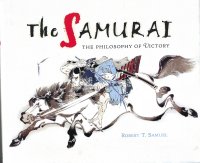 I bought this book
I bought this book 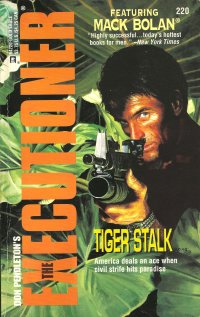 I thought this might be the first of the Executioner novels I’ve read this year, but apparently I read
I thought this might be the first of the Executioner novels I’ve read this year, but apparently I read  Well, it only took me a week to read this book–I bought it at
Well, it only took me a week to read this book–I bought it at 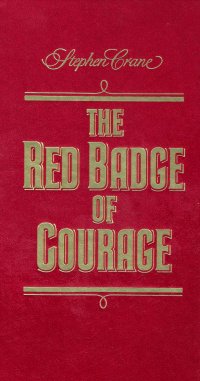 I am going to go out on a limb here and say that the text comes from the 1895 publication of this book; in 1982, Norton came out with a longer version based on Crane’s “original manuscript,” and I doubt they would have shared that copyright with Reader’s Digest the same year (the Reader’s Digest The World’s Best Readers edition came out in 1982, and mine is a second printing from 1983). Not that it matters except for purists. But I am throwing it out there because I read the Wikipedia article.
I am going to go out on a limb here and say that the text comes from the 1895 publication of this book; in 1982, Norton came out with a longer version based on Crane’s “original manuscript,” and I doubt they would have shared that copyright with Reader’s Digest the same year (the Reader’s Digest The World’s Best Readers edition came out in 1982, and mine is a second printing from 1983). Not that it matters except for purists. But I am throwing it out there because I read the Wikipedia article.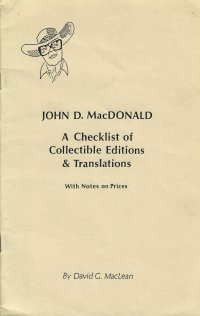 I bought this little chapbook at ABC Books
I bought this little chapbook at ABC Books 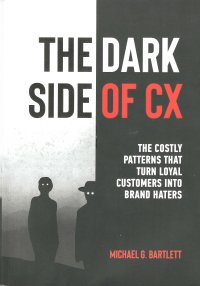 I bought this book new on Amazon when a local tech group mentioned it. I kind of thought that CX (customer experience) would be something akin to UX (User Experience) which deals with UI (User Interface) which is the parts of the computer program that users actually tap, type, and click on. Each step up the chain is a bit of an abstraction that allows the consultants to sell it a bit more to audiences who are further up in the management chain. Pardon me, do I sound a little cynical? Or maybe envious of the cool consultants?
I bought this book new on Amazon when a local tech group mentioned it. I kind of thought that CX (customer experience) would be something akin to UX (User Experience) which deals with UI (User Interface) which is the parts of the computer program that users actually tap, type, and click on. Each step up the chain is a bit of an abstraction that allows the consultants to sell it a bit more to audiences who are further up in the management chain. Pardon me, do I sound a little cynical? Or maybe envious of the cool consultants?

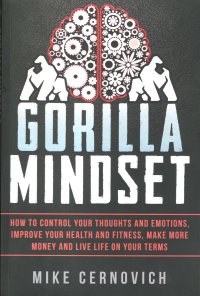 I ordered this book when I saw Cernovich’s name mentioned on two blogs on the same day. Sorry, I forget which blogs they were, but they were likely ones from the blogroll.
I ordered this book when I saw Cernovich’s name mentioned on two blogs on the same day. Sorry, I forget which blogs they were, but they were likely ones from the blogroll.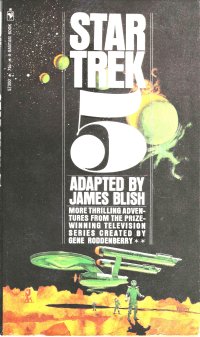 I already reported on this book
I already reported on this book 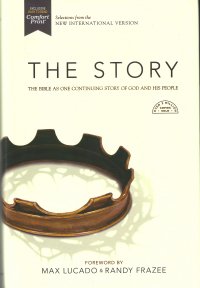 The Lutheran Church Missouri Synod church that I attend has been working its way through this book over the course of the last year. It is a further simplification of the Bible, trying to tell more narratively some of the denser or less readable sections, particularly of the Old Testament, and making the history of Israel into a set of narratives or stories focusing on different parts of history. Zondervan, the big Bible publishing company, put it out, and it includes excerpts from the New International Version of the Bible.
The Lutheran Church Missouri Synod church that I attend has been working its way through this book over the course of the last year. It is a further simplification of the Bible, trying to tell more narratively some of the denser or less readable sections, particularly of the Old Testament, and making the history of Israel into a set of narratives or stories focusing on different parts of history. Zondervan, the big Bible publishing company, put it out, and it includes excerpts from the New International Version of the Bible.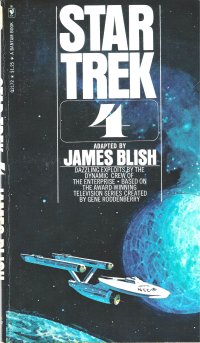 As I mentioned when I recently went over
As I mentioned when I recently went over 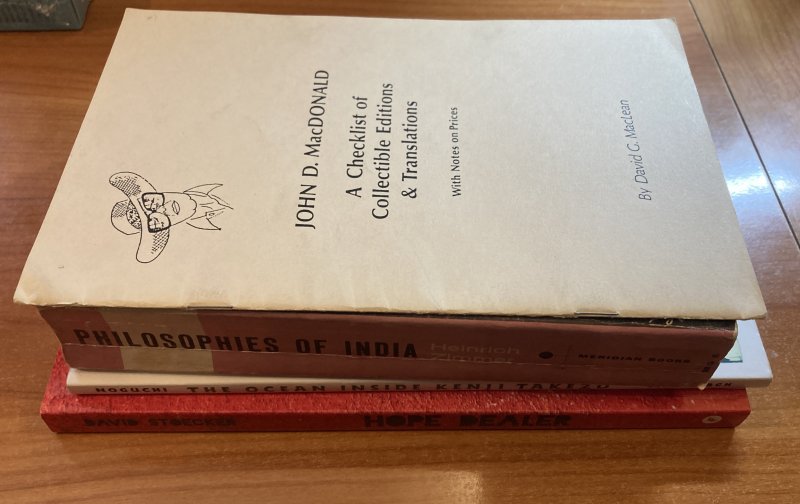
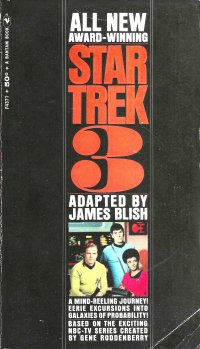 As I mentioned, I’m going to plow through the James Blish adaptations of Star Trek short storizations this year since I apparently have them all (and two of some of the later ones). (See also
As I mentioned, I’m going to plow through the James Blish adaptations of Star Trek short storizations this year since I apparently have them all (and two of some of the later ones). (See also 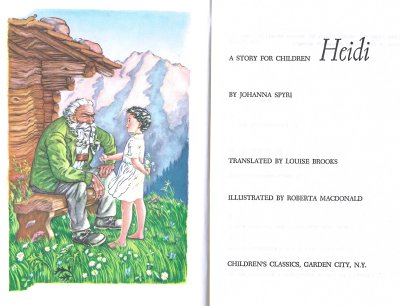 I know, I know, I know; a couple weeks ago, I posted that
I know, I know, I know; a couple weeks ago, I posted that 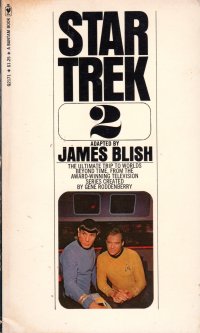 I picked up the
I picked up the 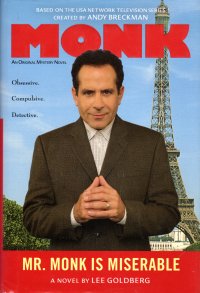 Well, the
Well, the 